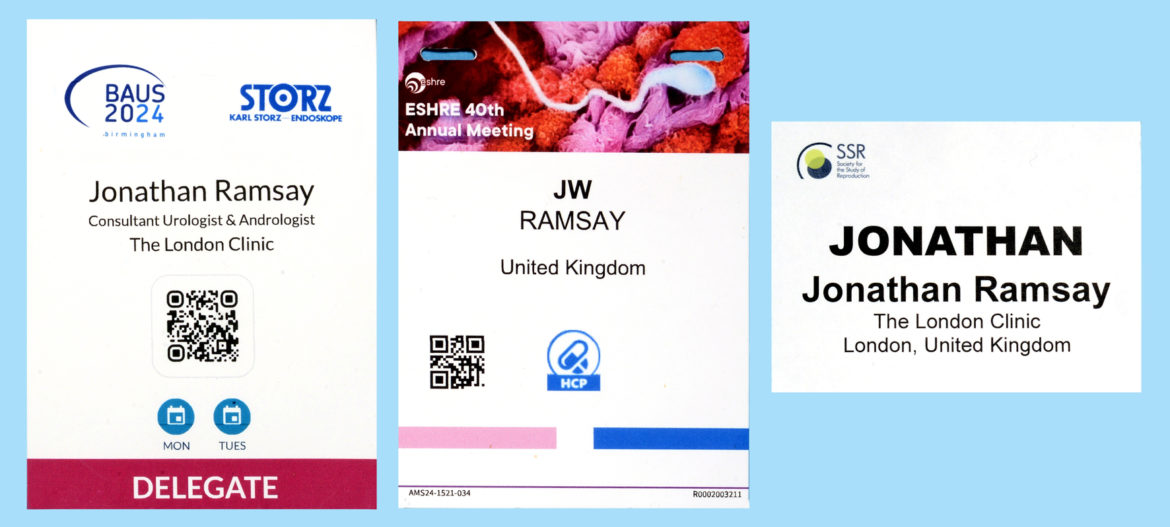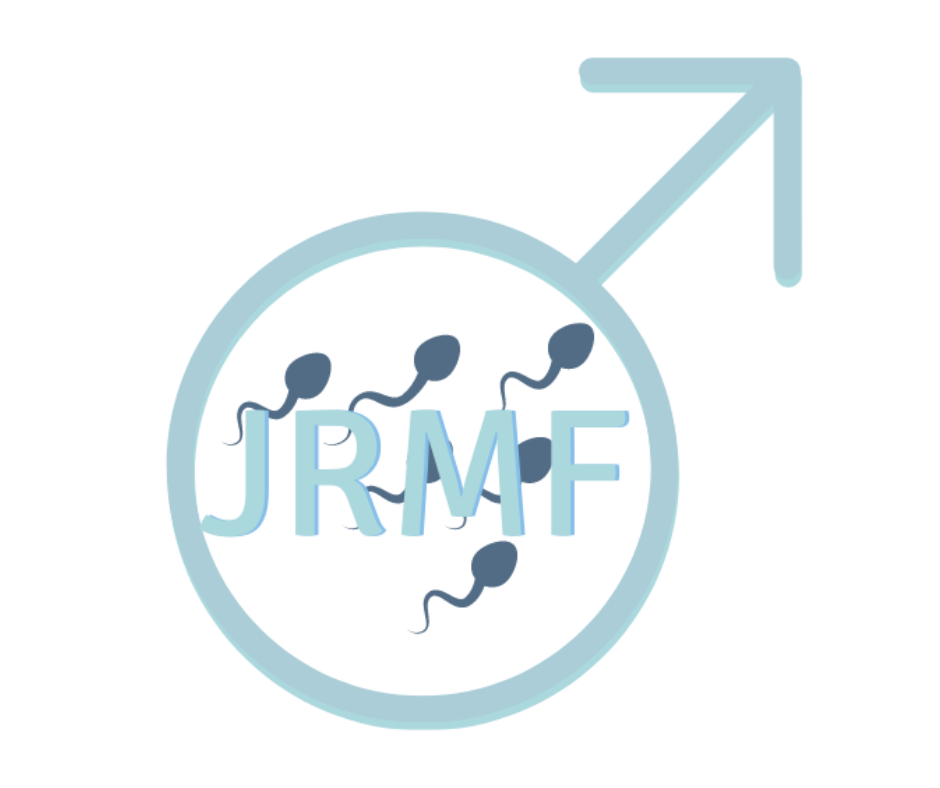ESHRE 40th annual meeting in Amsterdam July 2024
I had a very enjoyable time in Amsterdam. My thanks are due to Michael Close and his team, Sharan, Mark and Sean, for their hospitality and for their ability to bring so many people together. On this occasion, more urologists and gynaecologists, including Professor Tim Child, with whom I debated the importance of DNA fragmentation a few weeks ago.
Every conference has a slightly different flavour. Not quite a theme and not quite a message, but more of ‘a mood’. This year’s mood was science, inescapable with the adoption of AI in medicine and diagnostics. In fertility, and particularly in IVF, AI flies in the face of ‘it is just a numbers game’ or ‘it only takes one (sperm)’. Surely, our patients will ask, we can do better than that with AI.
So many of the presentations were looking at aspects of the sperm and egg quality beyond the purely visual, which might help to predict and thus improve outcomes. It seems to me that there is now a tacit acceptance that male factors are 50% of the problem and that therefore further attempts at diagnosis are indeed important. This may lead to better treatment protocols and thus to better outcomes. It is no longer the case that there is a blind acceptance that ICSI is the inevitable ‘best choice’ whatever the circumstances. Although this approach has been a simple solution for the last 20 years, we are now beginning to understand that there may be detectable genetic and epigenetic causes of male factor infertility that may not be overcome by current sperm selection methods.
So the first step – which was evident in Amsterdam this week – is for us all to accept that we do need to take the investigations of male fertility very seriously. We have to stop excusing our lack of interest and effort on the fatuous basis that we will only end up doing ICSI anyway and start to address the issues. Several important areas were addressed. The first, which is open to study, relates to the excess miscarriage rate and overall reduced success rate using surgically retrieved sperm in cases of nonobstructive azoospermia. There was one very clever and extensive report looking at the genetic profile, or karyotype, of single sperm which had been surgically retrieved in cases of nonobstructive azoospermia, and the abnormal genetics of about 5% of these sperm may well hold the clue to the excess miscarriage rate in such cases.
The issue of poorer outcomes with poor sperm morphology in cycles of ICSI was also reviewed, and for the first-time scientists are beginning to identify some genetic traits which better protect sperm from damage and thus might result in better morphology.
More science is being applied to the genetics of severe male factor infertility, and it looks as if some failures of spermatogenesis may in fact be X-linked and thus inherited from the maternal line. The epigenome is also coming of age. We heard an interesting paper from Munich about the probable epigenetic link between childhood and paternal obesity, with obvious implications for fertility.
Finally, we must not lose sight of the fact that the exhibition at this meeting was really enormous, indicating increasing reliance of specialists and doctors on the industrial commercialisation of fertility treatments. This is a double-edged benefit, because of course whilst industry can create innovations, it necessarily is based upon profit, and profit will be taken from the transactional business of cycles of therapy. This is just something that we all have to live with, but we do have to be aware that those influences can be both positive and negative.
Overall, it was an enjoyable meeting because learning from large surveys and reports from really huge fertility units, particularly in China and in Japan, do bring further knowledge and understanding to the rapidly moving science of this subject.


